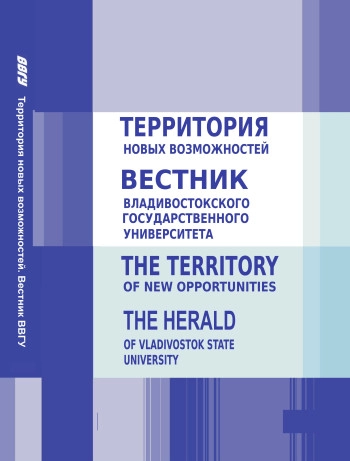This study examines lexical innovations (neologisms) – words perceived by English speakers as new, referring to newly emerging objects or concepts and possessing an element of novelty in their semantics or structure. The research aims to analyze lexical innovations in terms of their dissemination across various spheres of social life in English-speaking societies. The methodological framework of the study combines general cientific methods (analysis, synthesis, classification) with linguistic approaches such as random sampling and bservation, lexical-semantic and contextual analysis, and the interpretation of dictionary definitions. The subject of the research is lexical innovations from the past decade, while the object is their structural-semantic, paradigmatic, and cognitive features.The novelty of the study lies in its systematic examination of the echanisms and means by which the English lexicon expands, integrating both linguistic and sociolinguistic analysis. Lexical innovations are explored in relation to their prevalence in key areas of social life, including odern information technologies, social media, the economy, and the COVID-19 pandemic. An analysis of empirical data revealed that the primary methods of lexical innovation include affixation, prefixation, analogy, telescoping, abbreviations, and compound word formation. The findings indicate that the most prevalent mechanisms are the telescoping method combined with analogy (≈40%) and compound word formation (≈40–45%). The practical significance of this study lies in the potential application of its results in the development of lecture courses, teaching materials, and methodological recommendations on lexicology, cognitive linguistics, and in-tercultural communication, as well as in practical English language instruction.
lexical innovations, neologisms, word formation, affixation, prefixation, analogy method, telescoping, compound word formation, abbreviations.
1. Toytukova A.O. Lexical innovations in the Russian language at the beginning of the XXI century (2000–2009): dis. ... Cand. Philological sciences. Abakan; 2010. 178 p.
2. Malinin B.A. Text formation and contextual-analogical formation. Structure and functions of interphrase units. Pyatigorsk: Publishing house of PGPIIYA; 1988. P. 140–148.
3. Timofeev K.A. On some features of the word-formation system of the language (based on the Russian language). Actual problems of lexicology. Novosibirsk; 1972. P. 198–204.
4. Kubryakova E.S. What is word formation? Moscow: Nauka; 1965. 76 p.
5. Timoshenko T.R. Telescopy in the word-formation system of the English language: author's abstract. dis. ... Cand. Philological sciences. Kyiv; 1976. 26 p.





